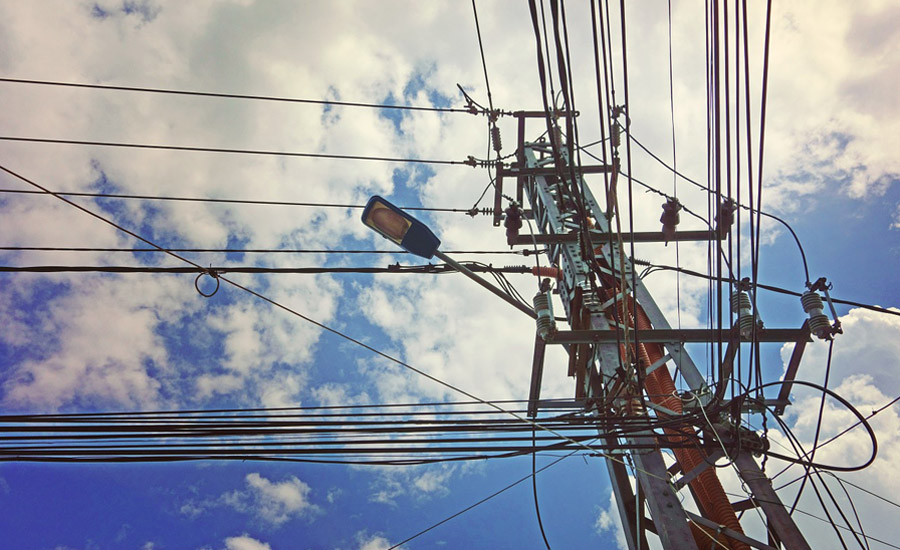Workers in the utilities sector are at a higher risk for serious injuries and fatalities (SIF) than other industries, such as construction, manufacturing and mining, according to a recent study by DEKRA Organizational Safety & Reliability. SIF is defined as life-threatening, life-altering and fatal incidents in the workplace.
The study examined 1,060 recordable incidents across 11 prominent utility organizations representing electric, gas and water.
Key findings:
- The utilities sector has a 32 percent SIF exposure rate, which is seven points higher than the all-industry SIF rate of 25 percent.
- Water has the highest SIF exposure rate of all utilities studied, at 42 percent, followed by 32 percent for electric and 29 percent for gas.
- Furthermore, nearly 60 percent of SIF exposures in the utilities sector can be attributed to two exposure categories: motor vehicle incidents (30 percent) or “line of fire” or “struck by” incidents (28 percent). Other SIF events can include contact with biohazard materials, a serious fall or an accident involving powered equipment.
- The study also detected significant relationships between several cultural factors and SIF exposures. Specifically, when ranking organizational factors by site, there is evidence that sites with higher scores in management credibility, perceived organizational support, organizational value for safety, procedural justice and leader-member exchange have lower SIF rates.
Don Martin, Senior Vice President at DEKRA, said the study was concerning, but not entirely surprising.
“The rate of on-the-job SIF is alarmingly high and affects all industries – not just the utilities sector,” said Martin. “The bottom line is there are steps organizations can and should be taking to reduce SIF rates, and identifying and understanding the risk factors is step one.”
Analysts found that incident categories ranking the lowest in SIF exposure verification and assessment are directly related to the highest SIF exposures. Specifically, using a critical control assessment rating on a scale of one to three, analysts found that the motor vehicle category in the utilities sector has a very low critical control assessment score (1.69), meaning the SIF exposure potential is much greater (30 percent). Conversely, contact with powered lines and equipment has a much higher critical control assessment score (2.53) and therefore has a lower SIF exposure rate, just 4 percent.
Martin urges leaders in all organizations to review the safety of their operations, offering the following takeaways to mitigate SIF risk and exposure:
- Educate senior leadership on SIF and when action needs to be taken.
- Provide visibility to SIF exposure by defining what it is and determining the organization’s exposure rate.
- Know the organization’s SIF precursors, defined as high-risk situations in which management controls are either absent, ineffective or not complied with, and which result in a serious or fatal injury.
- Integrate interventions into existing processes, such as implementing safety rules, training and incident handling systems.
To learn more about DEKRA and its offerings, please visit www.dekra.com.


